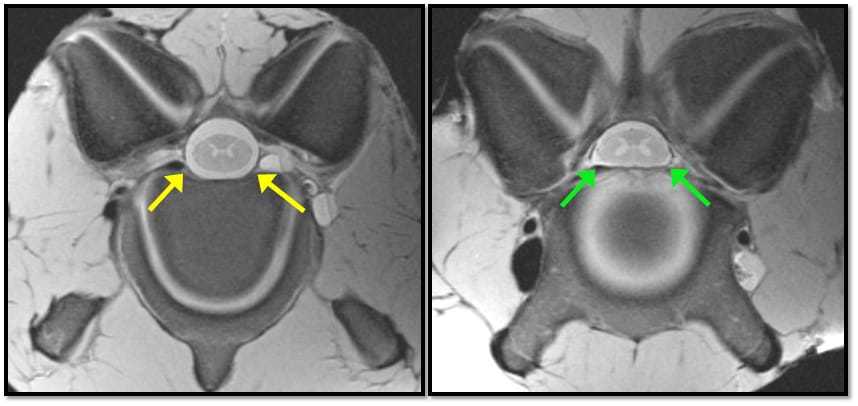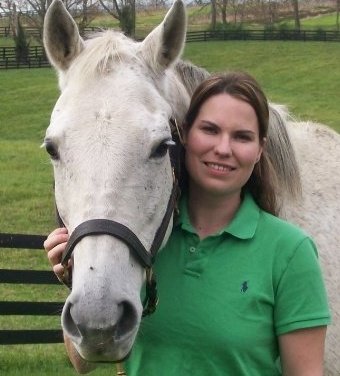Wobbler Syndrome: What We Know and Where We’re Headed
- Topics: Article, Back and Spine, Veterinary Practice, Wobbler Syndrome

Equine CSM is a multifactorial disease, meaning it has many causes. High planes of nutrition (overfeeding), increased growth rates, alterations in zinc and copper concentrations, and genetic determinants could be responsible. Researchers have clearly established the relationship between nutrition, mineral intake, and skeletal development; any disruption in this balance can result in asynchronous (uneven) skeletal growth and possible clinical signs of disease. While we know or suspect that all these factors play a role in CSM development, the exact mechanisms leading to clinical disease remain unclear.
What we do know is how gender, breed, and age factor into the epidemiology of this devastating disease. Males are more often affected than females. Breeds such as Thoroughbreds, American Saddlebreds, Warmbloods, and Tennessee Walking Horses are overrepresented, which means they seem to develop the disease more often than horses of other breeds. And in various studies researchers have identified the mean age of CSM horses as younger than 2 years, which has prompted veterinarians to categorize CSM as a developmental bone disease.
Over the years practitioners have developed approaches for diagnosing CSM. All clinical workups begin with the veterinarian conducting a thorough neurologic exam, looking primarily for signs of ataxia (incoordination). The next step is using radiography to visualize the neck vertebrae. Researchers have defined what’s normal or healthy for a neck based on skeletal anatomical measurements at each vertebral site, which helps veterinarians identify presumed areas of spinal canal narrowing. Veterinarians can perform myelograms (special radiographs taken after injecting dye into the spinal canal) to see the actual compression TheHorse.com is home to thousands of free articles about horse health care. In order to access some of our exclusive free content, you must be signed into TheHorse.com. Already have an account?Create a free account with TheHorse.com to view this content.
Start your free account today!
and continue reading.

Written by:
Jennifer Janes, DVM, PhD, DIPL. ACVP
Related Articles
Stay on top of the most recent Horse Health news with












